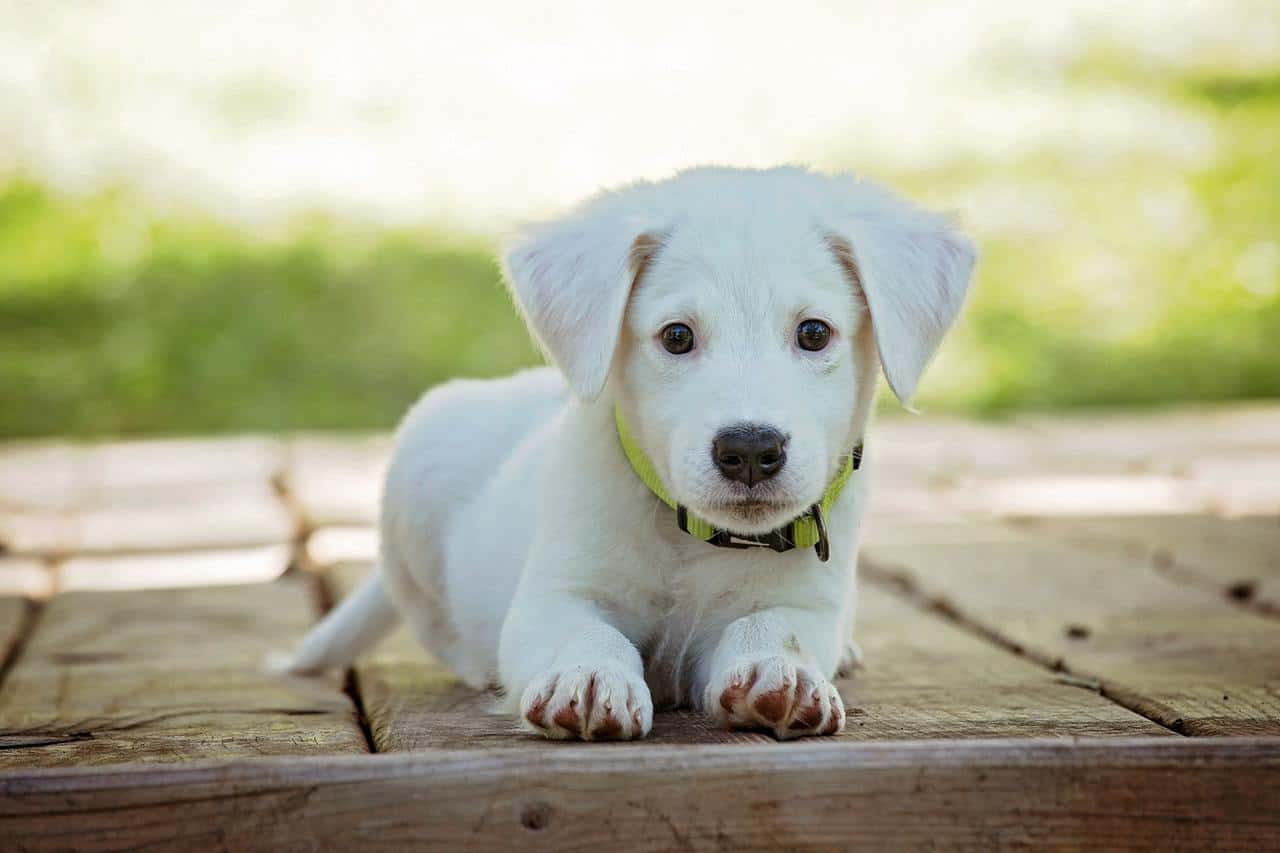
Sponsored article
From the time you bring your puppy home at eight weeks to four months of age, it’s best to feed them four meals a day. After four months, reduce this to three meals a day, and when they are six months old, reduce to two meals. Continue the morning and evening meals in your pet’s life. That’s pretty simple, but what’s next? What to feed your pooch?
When you decide to feed your pup, the choice of meals is up to you, but we recommend spreading the meals evenly throughout the day. Staying consistent will help get them into a routine that makes life easier for you and them. We also recommend avoiding strenuous exercise after eating, which can lead to vomiting and potentially bloating.
You may have read that people should always eat their dinner before the family pet gets theirs – this comes from a very outdated concept of dog behavior and is based on the debunked idea that you need to show your dog who is boss (sometimes called the “pack leader” or “alpha”). While it’s important to teach your dog good eating manners so he behaves politely and doesn’t eat things that could harm him, a puppy isn’t planning on taking over the house. Routine and consistency is more important for a puppy, as this will help it understand what you expect from it and grow into a confident dog that trusts you. Feeding your pet at the same time each day will help establish a routine, and making sure everyone in the family is consistent with any dog rules will help your pup understand what you’re all about.

Find a quiet place where your puppy can eat in peace and not be disturbed by other animals, children or adults. It is recommended to feed your puppy away from other pets until they get used to each other.
Puppies have growing bodies and therefore have different nutritional needs than fully grown dogs. It is recommended that you feed your puppy labeled puppy food until they are about a year old or as recommended by your vet before transitioning them to adult food. You can find suitable products at the Exclusion store. Your veterinarian may recommend feeding large or giant breeds for longer than one year.
Some dogs just love their food and are quick to even vacuum it up. If your puppy is one of these, it’s a good idea to control this. This may involve using a puzzle bowl that makes it difficult to get to the food in such a short time.
Some breeds (usually large or giant breed dogs) are more prone to a condition called bloat, in which the stomach fills with gas and collapses, cutting off the blood supply. This is a very serious and potentially life-threatening condition, so see your veterinarian immediately. Flatulence can be caused by eating too fast, so especially with these breeds, it’s a good idea to teach your pooch to eat slowly.
Pet obesity is a huge problem in Poland, and studies suggest that many dogs in our country are overweight or obese. Fat dogs will find it more difficult to enjoy life, and they are more likely to suffer from serious medical conditions such as diabetes, heart disease, respiratory problems, and cancer. Not only will these health problems put a strain on your wallet because they are expensive to treat, but they can also cause you to lose your pooch because they each tend to die prematurely. They are also more prone to arthritis, which is painful for dogs. Controlling your puppy’s food intake along with proper age-appropriate exercise is the best way to prevent obesity.
Many dog owners don’t realize that their pet is overweight, but there are simple and easy ways to check for it. Look straight down at your pup’s body from above. Your pet’s waist should taper to give an hourglass shape. If they look oval from above, you should think about limiting their food intake, and if the hourglass shape is too extreme, they are underweight.
Gently run your hands over both sides of your dog’s chest. The ribs should be gently felt. While they shouldn’t be as clearly visible as in an emaciated dog, they also shouldn’t be hard to feel through the layer of fat.
Photo: Pixabay